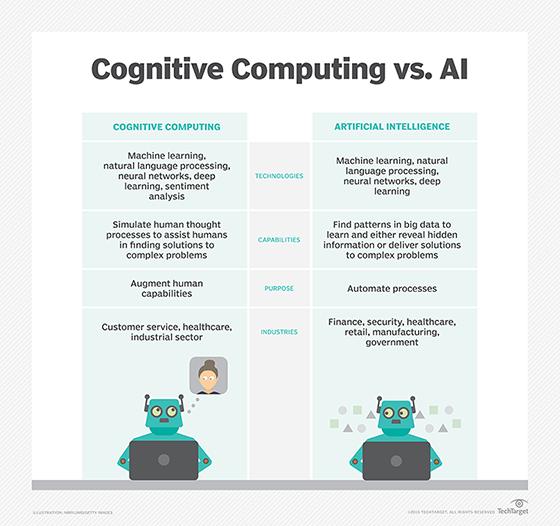What is a digital twin?
Put simply, a digital twin copies a physical product, process, or service through various IoT devices, pairing the virtual and real worlds. The idea of twins is nothing new. The concept was used as far back as NASA’s pairing technology in the Apollo 13 project. But digital twin technology will only be able to show its full potential after IoT devices become widespread and affordable.
Digital twins, however, shouldn’t be confused with digitization. A digital twin does not substitute a physical item or process with a digital one to make it more accessible, efficient, or secure. It’s a precise replica of the physical object and a means of testing and monitoring it without needing to access to or testing on the real thing.
Using IoT data with digital twins enables us to gather data in ways that were never possible before such as with drones or directly from failing components in complex systems. This new data will give our companies the ability to determine how our products are being used, and how they can be improved.
To build effective digital twins, we need expertise in sensors, mobility, computing, IoT, and other areas, but the payoff is potentially enormous. From bridges and buildings to autonomous vehicles, we need to understand how products are being used in the real world and what challenges and failures those products are most likely to see. Digital twins give us that ability, and as a result, they are likely to be an important technology as the world becomes more connected by IoT.
Gartner predicts that by 2021, half of large industrial companies will use digital twins, resulting in those organizations gaining a 10% improvement in effectiveness. So this is the best time to start investing in digital twin technology. In next few years our company can expect digital twin development to trickle down into consumer goods and reach a higher state of adoption.
Who are the digital twin vendors?
There’s no clear understanding of the technology required for large-scale deployment of digital twins, their integration with other systems, and the management of hundreds of different types of twins. Ian Skerrett attempted to define the major features that digital twin platforms should possess. According to Skerrett, a digital twin should:
be able to manage the digital twin lifecycle
be able to be updated to reflect the exact state of each separate digital twin
have an open API that allows any system and IoT device to interact with a digital twin
provide a means for visualization and analysis
include process management features for scheduling checks, maintenance status updates, etc.
manage access and information sharing, enable cooperation within the system, and provide information on ownership, management, responsibility, etc.
General Electric, IBM, Siemens, and Microsoft are among the top players in the digital twin market. From GE Digital (with its Predix products) to Microsoft (with its Azure Digital Twins), tech companies are offering commercial digital twin solutions for different levels of production:
Components
Assests
Systems and units
Processes
1
https://www.challenge.org/insights/digital-twin-risks/
https://www.identitymanagementinstitute.org/digital-twin-technology-benefits-and-challenges/
2
https://www.gartner.com/smarterwithgartner/confront-key-challenges-to-boost-digital-twin-success/
4
https://www.intellias.com/digital-twin-technology-a-guide-for-2019/
5
https://www.intellias.com/digital-twin-technology-a-guide-for-2019/
https://www.gartner.com/en/newsroom/press-releases/2019-02-20-gartner-survey-reveals-digital-twins-are-entering-mai
8
http://usblogs.pwc.com/emerging-technology/digital-twins/
9
https://www.identitymanagementinstitute.org/digital-twin-technology-benefits-and-challenges/
g
